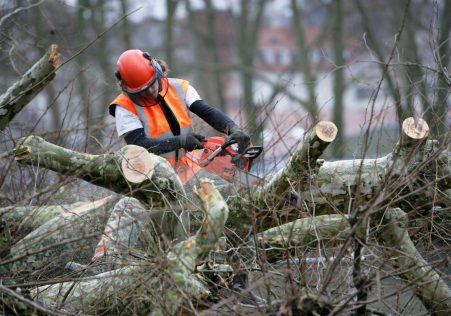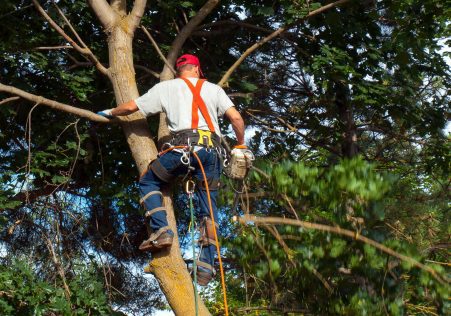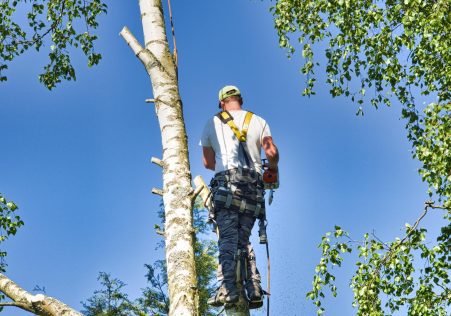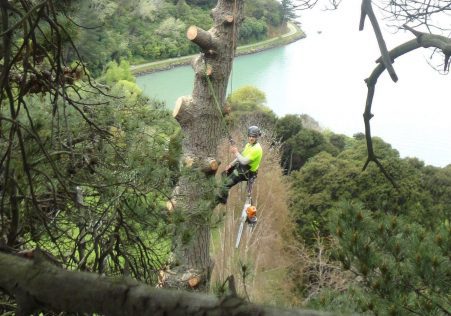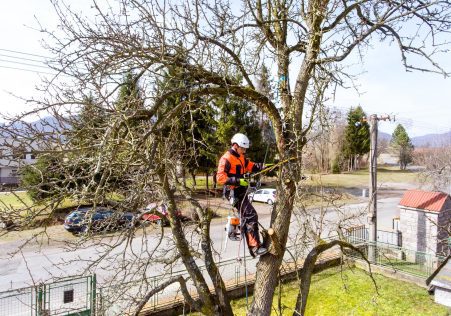Protecting Trees: A Guide for Understanding the Status of Protected Status
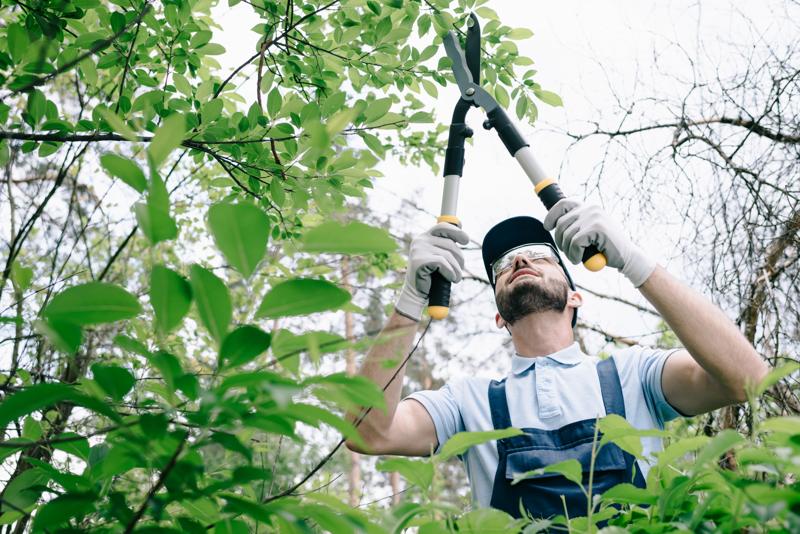
Trees play a crucial role in our environment as they provide shade, clean air and aesthetic value our surroundings. However, not all trees are identical and some are granted an additional status of protection, making it illegal to perform any activity without authorization. If you are considering having a tree removed it is essential to know the protection status of the tree being considered, and what steps you’ll need to take to ensure compliance with the laws. In this article, we’ll walk you through the steps to determine if trees are protected and what you need to do to ensure you are acting within the law.
What is a protected tree?
A protected tree is subject to specific laws and regulations It is illegal to do works on a tree without obtaining the necessary permissions. There are two kinds of protection that a tree might have: statutory protection and preservation orders.
Statutory protection
As a matter of statutory protection, trees are protected by the law, and they are in the hands of Tree Preservation Orders (TPOs). TPOs are issued by local authorities in order to protect trees with a significant public value and ensure they are not destroyed or damaged.
Preservation orders
Preservation orders are like TPOs in that they are issued from the Secretary of State responsible for Environment. Trees with preservation orders are considered to be of exceptional worth and are therefore protected from any work, including the felling.
How do I know when a tree is in danger?
To determine whether a tree is protected, you will need to determine if the tree is under an TPO or preservation orders. This can be accomplished by contacting your authorities in your area and asking them search their archives.
TPO search
To search for a TPO You can reach your local Tree and Woodland Officer from your local authority, who will be able to tell you whether the tree is in the protection. They will also be able to advise you on the next steps you should do if your tree is in a protected area.
Preservation order search
In order to search for a preservation order, you must contact secretary of state for Environment. They will determine if the tree is protected and will provide the required information and guidelines.
FAQs:
What happens if I conduct work on a tree that is protected without permission?
If you carry out work on a tree that is protected without obtaining the necessary permits, you could be facing significant fines, and possibly even jail time.
Can I appeal an TPO Or preservation or TPO?
Yes, you can appeal a TPO or preservation decision if you believe it’s not justifiable. You will have to prove your argument and demonstrate that it is not necessary to appeal the TPO or order to preserve is not necessary.
Can I remove a protected tree?
It is against the law to remove protected trees without the necessary permissions. If you want the tree to be removed then you must apply for permission and provide the evidence needed to prove your case.
Conclusion
In the end, determining if a tree is protected is a crucial step to ensure that any tree work is carried out legally. Understanding the different kinds of protection and how to check for them, you can ensure that you’re following the law and protecting the trees you care for. If you are unsure about the protection status of trees, we suggest consulting a reputable tree specialist such as Hawkesbury Tree Lopping. Our team of experienced arborists will be able to advise you regarding the status of protection of your trees and walk you through the required steps to make sure you’re following the law. With our knowledge and dedication to provide high-quality tree services we will help you maintain the beauty and worth for your tree. Contact us today at 0480 024 203 to schedule a appointment, and let us assist you to keep your trees safe and healthy.















